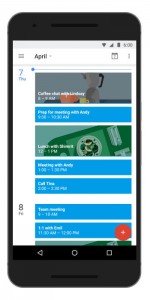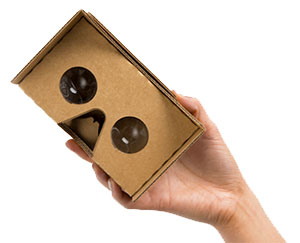Have you ever tried looking for something on a search engine only to get 1267 results totally unrelated to your initial query?
Internet search engines have the ability to search through a huge amount of web pages by means of titles, key words or text. But to find the correct results fast and effectively, you need to know how to use search engines to your advantage.
 We’ve compiled a few basic hints to help you with your searches.
We’ve compiled a few basic hints to help you with your searches.
– Use more than one keyword
On average most people use 1.5 words per search – not enough for a successful search. The suggested amount of words are 6 to 8, preferably nouns. Articles and pronouns are mostly ignored by search engines. Avoid verbs and adjectives unless it helps to define the topic.
– Use phrases
A phrase is a combination of one or more words found in the exact order in the text you’re looking for. Make sure you use quotation marks, for example “get results fast”.
– Caps and punctuation
Most search engines are sensitive to case. However if you use small caps, most search engines will recognise both capital letters and small caps. To play it safe, rather use small caps.
– Boolean searches
The “Boolean” search was named after George Boole, a 19th century mathematician. A Boolean search is a handy took which gives the best results for a search. The three most used options are AND, OR and AND NOT.
AND means you’re looking for documents containing both/all words. For example if you serach for “search engines” AND “Google” AND “Boolean”, you will get results containing all three words.
OR means you’re looking for results containing one of the two words – it doesn’t matter which one. Preferably use synonyms for this option. For example “small caps” OR “lower case”.
AND NOT means you are looking for results containing one word, but not if the document also contains another word. The search for “Google” AND “search engines” AND NOT “Boolean” will give you all the documents with “Google en “search engines”, but they won’t have “Boolean”.
Most search engines support the AND NOT option, but they sometimes use the words BUT NOT or NOT instead. In these cases they are indicated by placing a minus in front of the word or phrase.
– Take note of your spelling and also consider the alternative spelling of words.
– Use specific words/phrases rather than generic categories. Rather search for “laptop” than “computer”.
– Only search one specific website or domain. To do this, type the subject you’re looking for, followed by “site:” and the webaddress. (For example inetkey site:www.sun.ac.za/infoteg)
– Use a specialist search engine, for example an image search engine to search for your images and photos. Many websites have their own subcategories which makes it easier to conduct a serach. Wikipedia has a very extensive list of specialist search engines.
Just remember there are between 200 and 800 million documents online! Refine your search as much as possible and you’ll be guaranteed better results.
Rumour has Amazon became the number one online shopping website before Google existed because Yahoo listed all the sites in their directory alphabetically! Luckily times have changed.
For more about the various search engines, how they work and tips, read more on Search Engine Watch.



 Google Cardboard doesn’t bring anything revolutionary to the table. It’s a virtual reality headset which enables you to watch 3D images and videos with your smart phone.
Google Cardboard doesn’t bring anything revolutionary to the table. It’s a virtual reality headset which enables you to watch 3D images and videos with your smart phone. We’ve compiled a few basic hints to help you with your searches.
We’ve compiled a few basic hints to help you with your searches.